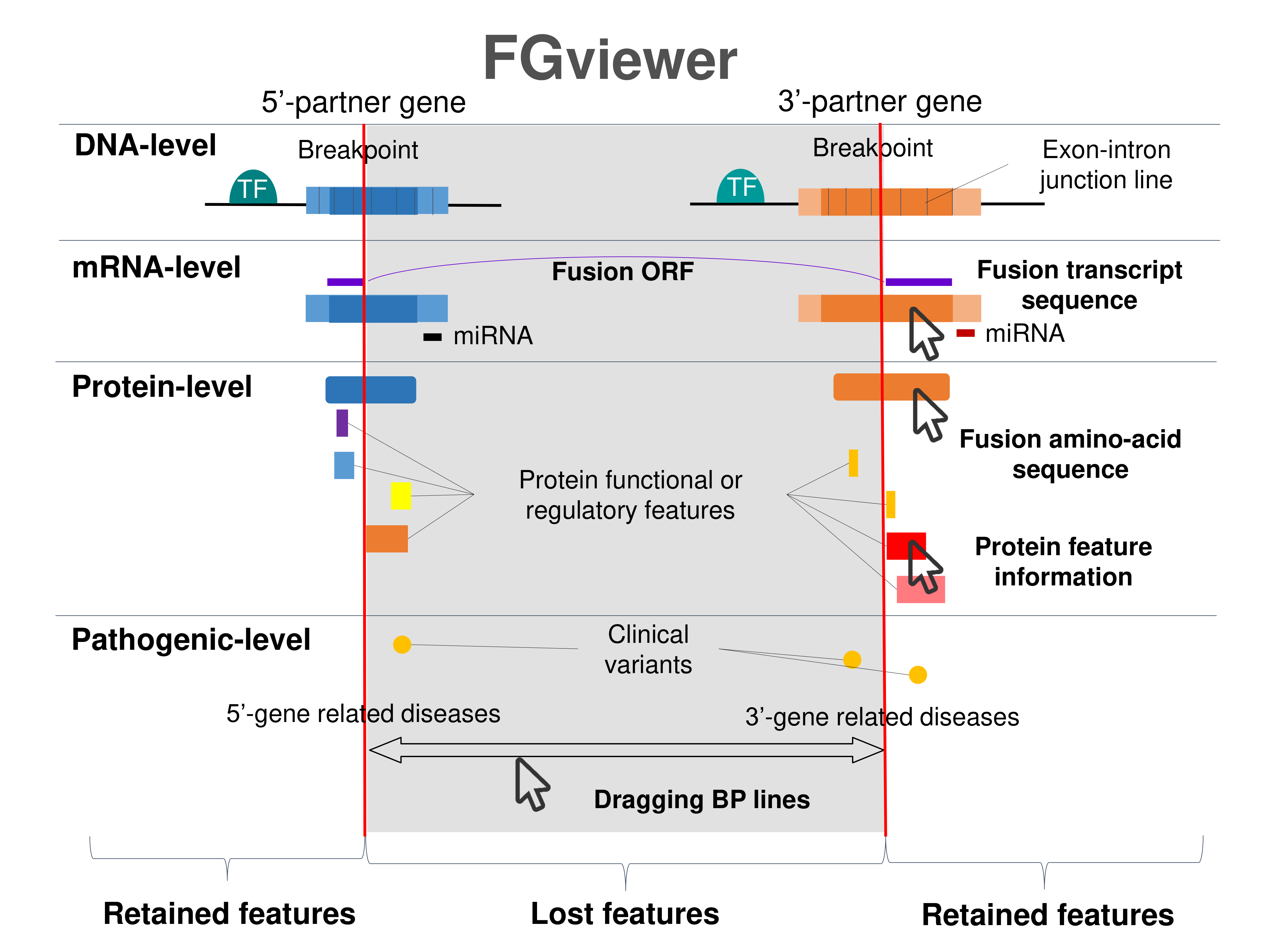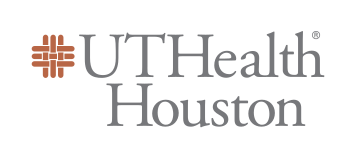| UTHEALTH HOME ABOUT SBMI A-Z WEBMAIL INSIDE THE UNIVERSITY |

|
|||||||
|
Kinase Fusion Gene:FN1_ACVR2A |
Kinase Fusion Protein Summary |
 Kinase Fusion gene summary Kinase Fusion gene summary |
| Kinase Fusion partner gene information | Kinase Fusion gene name: FN1_ACVR2A | KinaseFusionDB ID: KFG2396 | FusionGDB2.0 ID: KFG2396 | Hgene | Tgene | Gene symbol | FN1 | ACVR2A | Gene ID | 2335 | 92 | |
| Gene name | fibronectin 1 | activin A receptor type 2A | ||||||||||
| Synonyms | CIG|ED-B|FINC|FN|FNZ|GFND|GFND2|LETS|MSF|SMDCF | ACTRII|ACVR2 | ||||||||||
| Cytomap | 2q35 | 2q22.3-q23.1 | ||||||||||
| Type of gene | protein-coding | protein-coding | ||||||||||
| Description | fibronectincold-insoluble globulinepididymis secretory sperm binding proteinlnc-ABCA12-8migration-stimulating factor | activin receptor type-2Aactivin A receptor, type IIA | ||||||||||
| Modification date | 20240416 | 20240411 | ||||||||||
| UniProtAcc | P02751 | P27037 | ||||||||||
| Ensembl transtripts involved in fusion gene | ENST ids | ENST00000323926, ENST00000336916, ENST00000345488, ENST00000346544, ENST00000354785, ENST00000356005, ENST00000357009, ENST00000357867, ENST00000359671, ENST00000421182, ENST00000426059, ENST00000432072, ENST00000443816, ENST00000446046, ENST00000490833, | ENST00000241416, ENST00000404590, ENST00000495775, ENST00000535787, | |||||||||
| Context (manual curation of fusion genes in KinaseFusionDB) | PubMed: FN1 [Title/Abstract] AND ACVR2A [Title/Abstract] AND fusion [Title/Abstract] | |||||||||||
| Most frequent breakpoint (based on all fusion genes of FusionGDB 2.0) | ||||||||||||
 Gene ontology of each fusion partner gene with evidence of Inferred from Direct Assay (IDA) from Entrez Gene ontology of each fusion partner gene with evidence of Inferred from Direct Assay (IDA) from Entrez |
| Partner | Gene | GO ID | GO term | PubMed ID |
| Hgene | FN1 | GO:0001932 | regulation of protein phosphorylation | 11792823 |
| Hgene | FN1 | GO:0007229 | integrin-mediated signaling pathway | 19126672 |
| Hgene | FN1 | GO:0008284 | positive regulation of cell population proliferation | 25834989 |
| Hgene | FN1 | GO:0010628 | positive regulation of gene expression | 25834989 |
| Hgene | FN1 | GO:0018149 | peptide cross-linking | 3997886 |
| Hgene | FN1 | GO:0034446 | substrate adhesion-dependent cell spreading | 16236823|19126672 |
| Hgene | FN1 | GO:0035987 | endodermal cell differentiation | 23154389 |
| Hgene | FN1 | GO:0048146 | positive regulation of fibroblast proliferation | 25834989 |
| Hgene | FN1 | GO:0051702 | biological process involved in interaction with symbiont | 12167537|12421310|19429745 |
| Hgene | FN1 | GO:0051897 | positive regulation of phosphatidylinositol 3-kinase/protein kinase B signal transduction | 19126672 |
| Hgene | FN1 | GO:0070372 | regulation of ERK1 and ERK2 cascade | 11792823 |
| Hgene | FN1 | GO:0071635 | negative regulation of transforming growth factor beta production | 25834989 |
| Hgene | FN1 | GO:0150102 | negative regulation of monocyte activation | 34089617 |
| Hgene | FN1 | GO:1901166 | neural crest cell migration involved in autonomic nervous system development | 26571399 |
| Hgene | FN1 | GO:1904237 | positive regulation of substrate-dependent cell migration, cell attachment to substrate | 25834989 |
| Tgene | ACVR2A | GO:0030509 | BMP signaling pathway | 18436533 |
| Tgene | ACVR2A | GO:0032927 | positive regulation of activin receptor signaling pathway | 12665502 |
| Tgene | ACVR2A | GO:0045648 | positive regulation of erythrocyte differentiation | 9032295 |
 Kinase Fusion gene breakpoints across FN1 (5'-gene) Kinase Fusion gene breakpoints across FN1 (5'-gene)* Click on the image to open the UCSC genome browser with custom track showing this image in a new window. |
 Kinase Fusion gene breakpoints across ACVR2A (3'-gene) Kinase Fusion gene breakpoints across ACVR2A (3'-gene)* Click on the image to open the UCSC genome browser with custom track showing this image in a new window. |
Top |
Kinase Fusion Gene Sample Information |
 Kinase Fusion gene information. Kinase Fusion gene information. |
 Kinase Fusion gene information from four resources (ChiTars 5.0, ChimerDB 4.0, COSMIC, and CCLE) Kinase Fusion gene information from four resources (ChiTars 5.0, ChimerDB 4.0, COSMIC, and CCLE)* All genome coordinats were lifted-over on hg19. * Click on the break point to see the gene structure around the break point region using the UCSC Genome Browser. |
| Source | Sample | Hgene | Hchr | Hbp | Tgene | Tchr | Tbp |
| ChimerKB4 | . | FN1 | chr2 | 216290008 | ACVR2A | chr2 | 216290008 |
Top |
Kinase Fusion ORF Analysis |
 Kinase Fusion information from ORFfinder translation from full-length transcript sequence from KinaseFusionDB. Kinase Fusion information from ORFfinder translation from full-length transcript sequence from KinaseFusionDB. |
| Henst | Tenst | Hgene | Hchr | Hbp | Tgene | Tchr | Tbp | Seq length (transcript) | Seq length (amino acids) |
Top |
Kinase Fusion Amino Acid Sequences |
 For individual full-length fusion transcript sequence from KinaseFusionDB, we ran ORFfinder and chose the longest ORF among the all predicted ones. For individual full-length fusion transcript sequence from KinaseFusionDB, we ran ORFfinder and chose the longest ORF among the all predicted ones. |
| >Henst_Tenst_Hgene_Hchr_Hbp_Tgene_Tchr_Tbp_length(fusion AA)_AAseq |
Multiple Sequence Alignment of All Fusion Protein Isoforms |
Top |
Kinase Fusion Protein Functional Features |
 Four levels of functional features of fusion genes Four levels of functional features of fusion genesGo to FGviewer search page for the most frequent breakpoint (https://ccsmweb.uth.edu/FGviewer/:/:) - FGviewer provides the online visualization of the retention search of the protein functional features across DNA, RNA, protein, and pathological levels. - How to search 1. Put your fusion gene symbol. 2. Press the tab key until there will be shown the breakpoint information filled. 4. Go down and press 'Search' tab twice. 4. Go down to have the hyperlink of the search result. 5. Click the hyperlink. 6. See the FGviewer result for your fusion gene. |
 |
 Main function of each fusion partner protein. (from UniProt) Main function of each fusion partner protein. (from UniProt) |
| Hgene | Tgene |
| FN1 | ACVR2A |
| FUNCTION: Fibronectins bind cell surfaces and various compounds including collagen, fibrin, heparin, DNA, and actin (PubMed:3024962, PubMed:3900070, PubMed:3593230, PubMed:7989369). Fibronectins are involved in cell adhesion, cell motility, opsonization, wound healing, and maintenance of cell shape (PubMed:3024962, PubMed:3900070, PubMed:3593230, PubMed:7989369). Involved in osteoblast compaction through the fibronectin fibrillogenesis cell-mediated matrix assembly process, essential for osteoblast mineralization (By similarity). Participates in the regulation of type I collagen deposition by osteoblasts (By similarity). Acts as a ligand for the LILRB4 receptor, inhibiting FCGR1A/CD64-mediated monocyte activation (PubMed:34089617). {ECO:0000250|UniProtKB:P11276, ECO:0000269|PubMed:3024962, ECO:0000269|PubMed:34089617, ECO:0000269|PubMed:3593230, ECO:0000269|PubMed:3900070, ECO:0000269|PubMed:7989369}.; FUNCTION: [Anastellin]: Binds fibronectin and induces fibril formation. This fibronectin polymer, named superfibronectin, exhibits enhanced adhesive properties. Both anastellin and superfibronectin inhibit tumor growth, angiogenesis and metastasis. Anastellin activates p38 MAPK and inhibits lysophospholipid signaling. {ECO:0000269|PubMed:11209058, ECO:0000269|PubMed:15665290, ECO:0000269|PubMed:19379667, ECO:0000269|PubMed:8114919}.; FUNCTION: Secreted by contracting muscle, induces liver autophagy, a degradative pathway for nutrient mobilization and damage removal, and systemic insulin sensitization via hepatic ITGA5:ITGB1 integrin receptor signaling. {ECO:0000250|UniProtKB:P11276}. | FUNCTION: On ligand binding, forms a receptor complex consisting of two type II and two type I transmembrane serine/threonine kinases. Type II receptors phosphorylate and activate type I receptors which autophosphorylate, then bind and activate SMAD transcriptional regulators. Receptor for activin A, activin B and inhibin A (PubMed:17911401). Mediates induction of adipogenesis by GDF6 (By similarity). {ECO:0000250|UniProtKB:P27038, ECO:0000269|PubMed:1314589, ECO:0000269|PubMed:17911401}. |
 Retention analysis result of each fusion partner protein across 39 protein features of UniProt such as six molecule processing features, 13 region features, four site features, six amino acid modification features, two natural variation features, five experimental info features, and 3 secondary structure features. Here, because of limited space for viewing, we only show the protein feature retention information belong to the 13 regional features. All retention annotation result can be downloaded at * Minus value of BPloci means that the break pointn is located before the CDS. Retention analysis result of each fusion partner protein across 39 protein features of UniProt such as six molecule processing features, 13 region features, four site features, six amino acid modification features, two natural variation features, five experimental info features, and 3 secondary structure features. Here, because of limited space for viewing, we only show the protein feature retention information belong to the 13 regional features. All retention annotation result can be downloaded at * Minus value of BPloci means that the break pointn is located before the CDS. |
 - Retained domain in the 5'-partner of fusion protein (protein functional feature from UniProt). - Retained domain in the 5'-partner of fusion protein (protein functional feature from UniProt). |
| Partner | Hgeneene | Hbp | Tgeneene | Tbp | ENST | BPexon | TotalExon | Protein feature loci | BPloci | TotalLen | Feature | Note |
 - Retained domain in the 3'-partner of fusion protein (protein functional feature from UniProt). - Retained domain in the 3'-partner of fusion protein (protein functional feature from UniProt). |
| Partner | Hgeneene | Hbp | Tgeneene | Tbp | ENST | BPexon | TotalExon | Protein feature loci | BPloci | TotalLen | Feature | Note |
Top |
Kinase-Substrate Information of FN1_ACVR2A |
 Phosphorylation target of the kinase Phosphorylation target of the kinase(phosphosite, 03-17-2024) |
| Kinase | Kinase UniProt Acc | Kinase species | Substrate | Substrate UniProt Acc | Substrate phosphorylated residues | Substrate phosphorylated sites (+/-7AA) | Domain |
 Biological Network Integration of This Kinase and Substrates Biological Network Integration of This Kinase and Substrates (GeneMANIA website) |
 Enriched GO biological processes of the phosphorylation target genes of the kinase Enriched GO biological processes of the phosphorylation target genes of the kinase |
| Kinase | GOID | GO term | P.adjust |
Top |
Related Drugs to FN1_ACVR2A |
 Drugs used for this fusion-positive patient. Drugs used for this fusion-positive patient. (Manual curation of PubMed, 04-30-2022 + MyCancerGenome) |
| Hgene | Tgene | Drug | Source | PMID |
 Distribution of the number of studies mentioning FN1-ACVR2A and kinase inhibitors the PubMed Abstract (04-01-2024) Distribution of the number of studies mentioning FN1-ACVR2A and kinase inhibitors the PubMed Abstract (04-01-2024) |
| Fusion gene - drug pair 1 | Fusion gene - drug pair 2 | PMID | Publication date | DOI | Study title |
Top |
Related Diseases to FN1_ACVR2A |
 Diseases that have this fusion gene. Diseases that have this fusion gene. (Manual curation of PubMed, 04-30-2022 + MyCancerGenome) |
| Hgene | Tgene | Disease | Source | PMID |
 Related diseases from the literature mentioned this fusion gene and drug. Related diseases from the literature mentioned this fusion gene and drug. (PubMed, 04-01-2024) |
| MeSH ID | MeSH term |
 Diseases associated with fusion partners. Diseases associated with fusion partners. (DisGeNet 4.0) |
| Partner | Gene | Disease ID | Disease name | # pubmeds | Source |
| Hgene | FN1 | C0020538 | Hypertensive disease | 2 | CTD_human |
| Hgene | FN1 | C0432221 | Spondylometaphyseal dysplasia, 'corner fracture' type | 2 | GENOMICS_ENGLAND;ORPHANET;UNIPROT |
Top |
Clinical Trials of the Found Drugs/Small Molecules |
 Statistics of the Clinical Trials of the Found Kinase Inibitors from clinicaltrials.gov (06-17-2024) Statistics of the Clinical Trials of the Found Kinase Inibitors from clinicaltrials.gov (06-17-2024) |
 Clinical Trials from clinicaltrials.gov (06-17-2024) Clinical Trials from clinicaltrials.gov (06-17-2024) |
| Fusion Gene | Kinase Inhibitor | NCT ID | Study Status | Phases | Disease | # Enrolment | Date |

